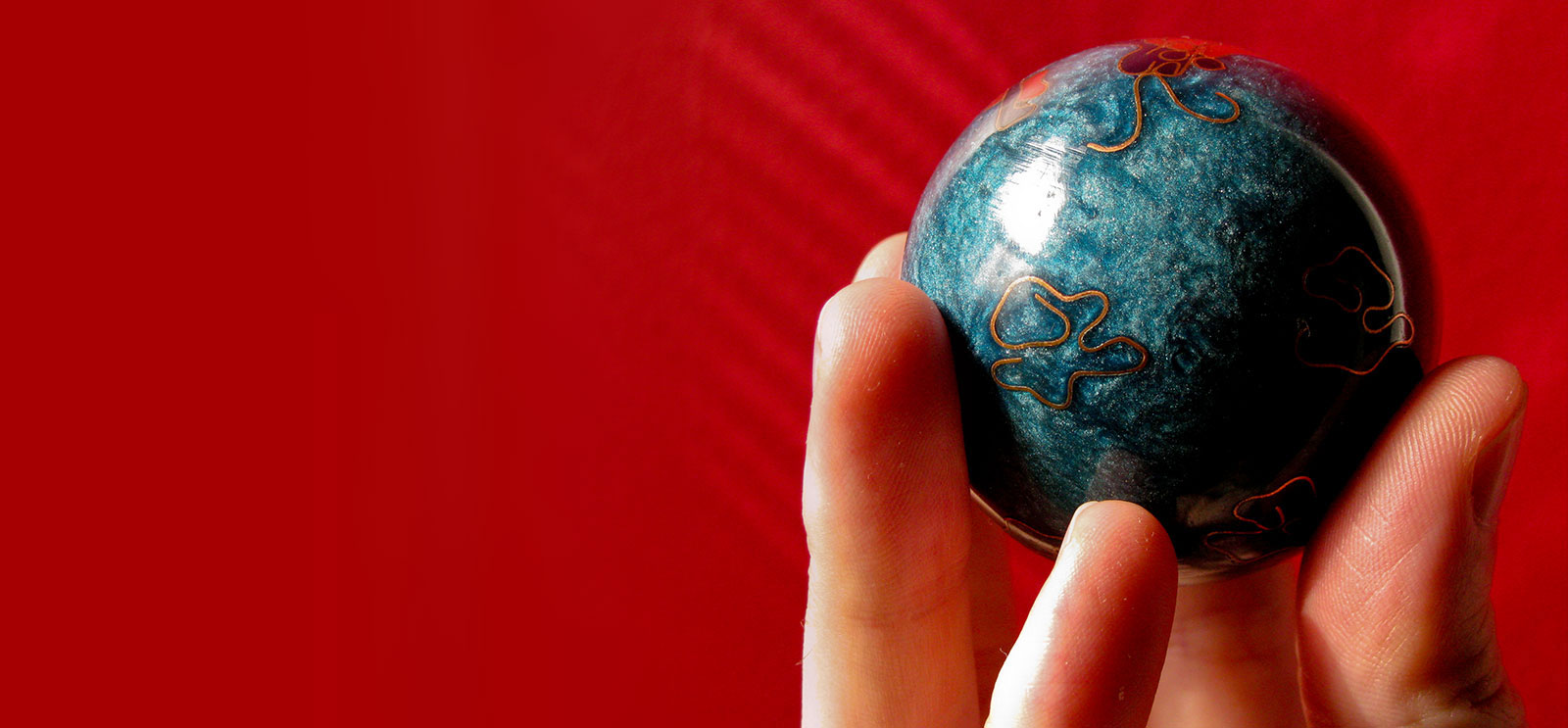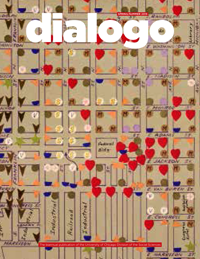
A Chinese exercise ball. (Photography by John Williams, CC BY-NC-SA 2.0)
An excerpt from Sian Beilock’s book How the Body Knows Its Mind yields surprising advice on the best way to solve problems.
When we read something confusing or have to find a solution to a difficult problem, our first instinct is often to sit down, to stop whatever we are doing in order to concentrate. We rarely consider what we are doing with our body. But being sedentary may be the worst thing you can do.
Literally thinking outside or without physical constraints (walking outdoors, pacing around) may help facilitate new connections between distant ideas, which is what creativity is all about. Indeed my colleagues and I have joked that one of the best things about being a faculty member is not having our own office, but the fact that during class we no longer are confined to our seat at the seminar table. We can walk around as we think; we can use the fluid movements of our body to help free our mind from constraints.
We look to our physical experiences to create reality. Perhaps that’s why Chinese exercise balls (otherwise known as Baoding balls) became a staple on executives’ desks. Most people think of them as a stress reliever or just something to do with their hands when they are on the phone or in a meeting, but those small shiny silver balls that people move from hand to hand likely serve a much bigger function: improving our creative thinking. Physically moving those Baoding balls from one hand to the other may help us think about an idea on “one hand and then another.” Dynamically coordinating our hand movements can facilitate the mental mechanics of creative problem solving, helping us to see a problem from multiple perspectives. The unexpected benefit of creative thinking that comes from moving our body reveals the importance of physical actions to improve performance at work.
We live in an age when it is easy to be static, at our desk, on the elevator, or in a meeting, but being motionless can inhibit our thinking.
Excerpted from How the Body Knows Its Mind (Atria Books, 2015).

